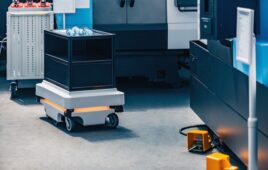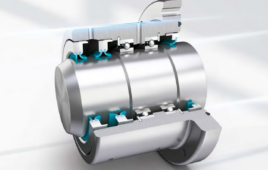The list of 3D-printed items keeps getting longer and longer. Thanks to the minds over at MIT, a recent addition has just been added to the ever-growing list—the basic structure of an entire building.
According to the team, the developed system can construct a building faster and cheaper compared to traditional methods. Another benefit is its ability to produce custom creations. Internal and external structures can be modified in certain ways, depending on the specific design and designers.
By using this approach, brand new building types can exist that weren’t previously feasible using common constructions practices, according to the researchers. Overall, the entire rig comprises of a vehicle carrying an industrial robotic arm. At the very end of the arm is another robotic arm, but this iteration is smaller and has a precision-motion design.
Due to its allotted freedom of movement, the device can construct an object of any size. This theory was tested in its proof-of-concept demonstration, where a prototype was used to build the basic structure of walls measuring 50 feet in diameter and a 12-foot-high dome. In total, the project took 14 hours to complete the foam-insulated framework.
The team intends this process to be self-sufficient with numerous power options, such as electrical or solar. Potentially, remote areas or regions deemed unsafe could now have durable, stable shelters in a fast, efficient manner.
Steven Keating, who led the project’s development for his doctoral thesis, explains his future goal is “to have something totally autonomous, that you could send to the moon or Mars or Antarctica, and it would just go out and make these buildings for years.”
The full details of this research was published in an article in the journal Science Robotics.
Filed Under: Industrial automation




